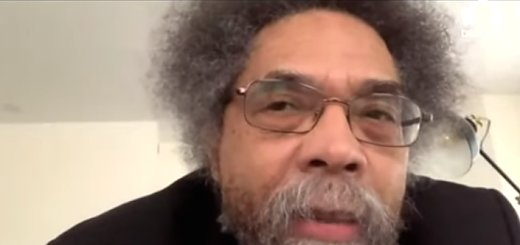'Dance You Way Home' - a new book about "dancing as a primal need"

"Whatever the environment, dance is about joy. No one dances and feels rubbish after – unless, maybe, you’ve slipped over onto your arse. But go to any club night worth its merit and you’ll be confronted with people from all walks of life. And that is the dancefloor at its most powerful" - The Face presents Emma Warren's new book, 'Dance Your Way Home: A Journey Through the Dancefloor'. It "places direct emphasis on movement. It’s not all about clubs; it’s about dancing as a primal need." The author writer “there’s evidence that shows when people move in synchrony together, they rate each other more highly, after swinging their arms about together in the same way. That obviously has an effect on relationships between people who experience the world differently.”











